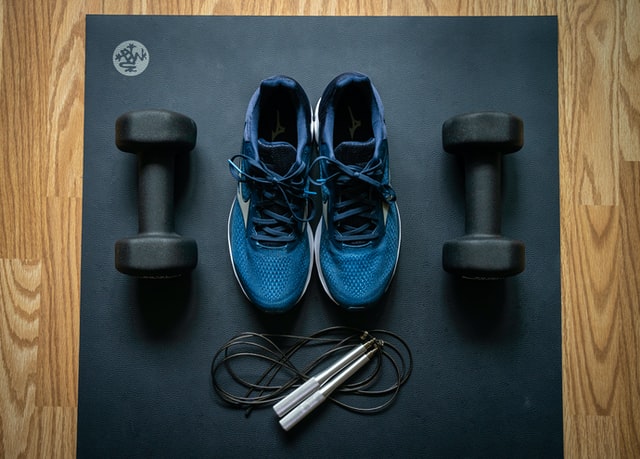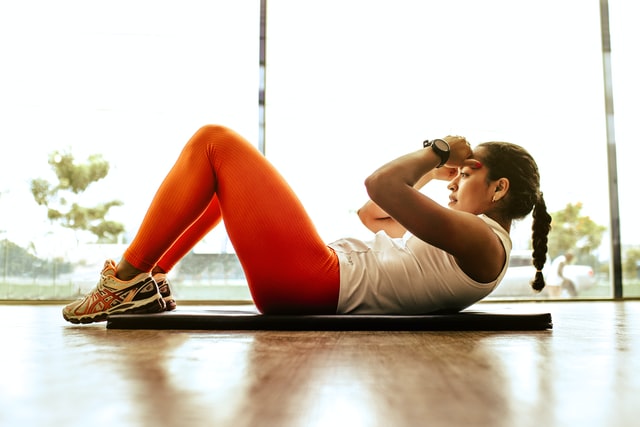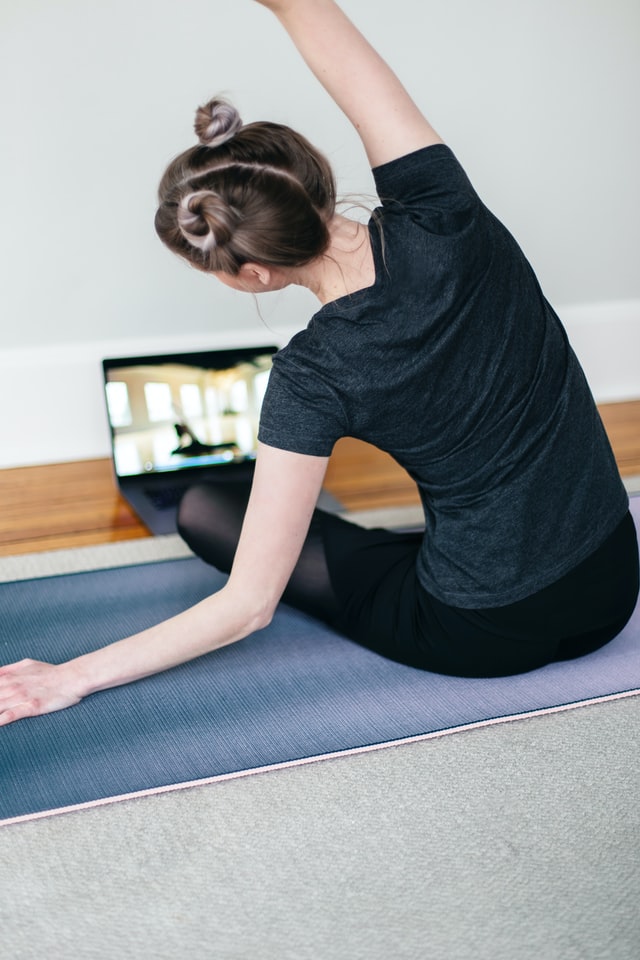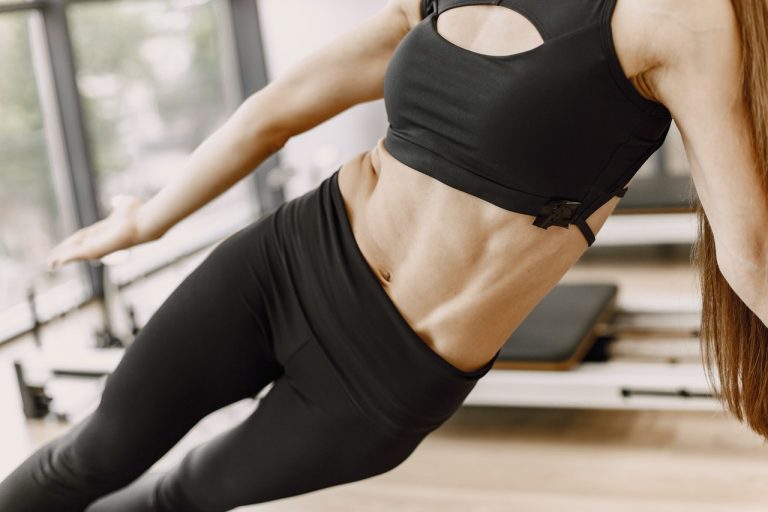Shoes are an important part of our day-to-day life. They keep us comfortable and protect our feet from the environment, but they also reflect who we are as people.
You can find shoes in every color imaginable, with all different types of materials.
There are running shoes, cross trainers, stability trainers, trail runners; there is even a shoe that was created for astronauts!
The price range is just as diverse – you can get a pair for less than $20 or spend well over $200 on one single pair of shoes.
Shoes have come a long way since their invention back in 1790 when leather soles were attached to pieces of fabric or animal skin to create moccasins for Native Americans.
Today it seems like there are shoes for every single activity you can dream up, but what should you look for when you’re going to the gym?
What are the different types of gym shoes?
The first thing you need to consider is your comfort level. When it comes to working out, there are different types of gym shoes that can help keep you comfortable and safe as you exercise.
There are many different types of gym shoes to suit your needs depending on what you will be doing at the gym.
Here is a quick summary:
- Running shoes – For running, jogging, or general cardio
- Cross-trainers – A blend between trail runners and stability trainers
- Stability trainers – Most suitable for beginners to help tone without losing balance or control
- Trail running shoes – For hiking, walking, and outdoor trails (not recommended on treadmills)
- Sneakers – A casual gym shoe that isn’t bulky or restrictive; usually used with light weights or at the treadmill
- Weightlifting shoes – Specialized shoes that give the most support when lifting to protect your back, foot, and ankles.
Running shoes

Besides lifting, the other primary activity you’ll do at the gym is running. For this, you can pick up a pair of cross-trainers or stability trainers.
These shoes are similar to boots with rubber soles, but they often have slightly thicker and more flexible rubber soles than weightlifting shoes. Stability trainers usually have wide toe boxes that allow your toes to spread and grip the ground as you run.
They’re good for running because they provide a more forgiving surface on which you can land since most people who exercise at the gym will only ever do so as part of a cardiovascular workout.
Cross-training shoes

For cross-training or running on treadmills, you typically want shoes that are built more for durability than they are for stability.
For example, you could get cross-trainers with a removable treadmill insert for walking and jogging on an indoor track or path, or if you’re doing cardio workouts in the gym and want to strengthen your ankles and arches then you may opt for stability trainers.
If it’s your first time wearing them, walking around the store in them can give you a pretty good indication if they will work well for the treadmill. They should be comfortable walking in and not slip on the treadmill.
The tread on a treadmill is high so any running shoes will work, but stability trainers and cross-trainers are good options for an easy run or light workout.
Stability training shoes

If you’re looking for stability trainers, they will be a step up from cross-trainers and suitable for beginners.
They provide good ankle support (especially compared to running shoes) because the soles are stiffer and there is extra padding around the ankles to give them added support as well as more stability overall.
The tread on the sole is flat and there are usually grooves in the soles to help provide some grip.
They’re ideal for doing squats, calf raises, lunges, tricep dips (on a chair), crunches (on an exercise ball), and more.
Trail running shoes

The fourth type of shoe that can be helpful when working out is a trail running shoe.
These shoes are designed for a more rugged surface and often have a harder rubber sole that can grip off-road terrain.
They also feature wider toe boxes to allow you to hit the ground with more force without damaging your foot, which is helpful when you’re going over roots or rocks on a trail run.
Sneakers

Sneakers or running shoes typically have a much thinner sole than a cross-trainer or stability trainer, but they can still be worn to the gym for light cardio work or simple strength training.
They have a soft rubber sole and wide toe box so you have more freedom of movement which is ideal if you’re working out with weights because it will help protect your feet, ankles, and back.
Weightlifting shoes

For weightlifting at the gym, you can wear boots with rubber soles to keep your footing secure. These are known as “weightlifting shoes” or “Oly” shoes.
They typically have a raised heel that helps extend your ankle and decrease the amount of strain on it when you’re coming back up from a squat.
They also usually feature very flat soles to give you great stability when you’re pushing out on the platform of a bench press. This is why they are also called “flats” by lifters.
If you wear running shoes to lift weights, there is a high risk that your foot will slip off of the bench or platform while trying to push up weight during the movement.
Other gym shoes
In addition to the above-mentioned types of shoes, there are also numerous other styles that can be useful for different activities.
Finally, there are also shoes that were created specifically for astronauts! These shoes have flat soles, mesh uppers, and slip-on style construction to make them more comfortable for people who will be working out in space (where it’s difficult to tie laces).
If you look closely at your weightlifting or running shoes you might be able to notice that they have a similar look and comfort level as the special NASA-designed sneakers.
How to find the right type of shoe for your needs
Finding the right gym shoe will depend on what activity you are doing at the gym.
If you’re running then a stability trainer or trail runner is usually best, but if you’re doing weight training then weightlifting shoes might be more appropriate.
However, if you know that your primary focus is to get on an indoor running track then you might go for cross-trainers or running shoes instead.
No matter what type of shoe you get, be sure that it has a proper fit and customized support before using it at the gym.
This will ensure that your feet are protected from the impact and strain of exercise as well as reducing your chance of injury while lifting or running.
In addition to making sure your shoe fits properly, you should also look for shoes that have been broken in before you use them.
It’s best to slowly work into using a new pair of gym shoes rather than immediately starting with a fresh pair straight from the store. This will help reduce the risk that you’ll get blisters or other foot injuries when you use them.
How to make your gym shoes last longer
When you do buy a new pair of gym shoes, it’s best to take good care of them in order to make sure they last for as long as possible and don’t start deteriorating and becoming unsafe after only a few months.
For this, be sure to read the manufacturer’s instructions that come with your new shoes.
If you don’t have these or they are too brief then look for similar care instructions online.
In general, though, there are a few things you can do to keep your gym shoes in good condition.
First of all, it’s important to keep your shoes clean.
This will help them both look nice and keep the materials from deteriorating.
You should also avoid wearing a pair of shoes two days in a row because this can cause damage to the soles and lead to their early demise. It’s best if you instead rotate between multiple pairs.
Finally, before you put your shoes away for the season or once they are no longer viable for use in the gym it’s best to remove any inserts that you have. These products are designed to mold perfectly to the shape of your foot after multiple uses, but this can also make them less effective when used over time.
With these simple steps, it should be easy to keep your gym shoes in good condition and use them safely for as long as possible.
Different features you should be aware of when it comes to gym shoes
There are a few main features that you should look for in a gym shoe.
The first is a neutral or stable footbed, which is the base of the sole of the shoe.
This feature will help to enhance your balance and stability when working out at the gym, reducing the risk of injury.
Next, you should consider the cushioning.
If you’re planning on running at the gym then it’s best to look for shoes that have high-density foam, gel, air cells, or other advanced cushioning materials in their soles.
Different types of padded insoles can also give you more support when lifting weights because they will absorb the impact and reduce the risk of injury.
Manufacturers will usually let you know what type of cushioning their shoes have, and if it’s unclear then feel free to ask before purchasing your pair.
Finally, try to find gym shoes that are waterproof or at least highly water-resistant.
This will help keep them stable and dry when working out in the gym.
In addition to these features, there are also a few things that you can look for when it comes to choosing between different types of gym shoes.
Conclusion
When working out at the gym try to wear shoes that are designed specifically for this purpose.
For example, if you’re on a treadmill then look for running shoes or trail running shoes, but if you’ll be lifting weights then go for stability trainers or cross-trainers instead.
With this in mind, it’s also best to take good care of your gym shoes.
This can include making sure they fit properly, gradually wearing them in before you use a new pair, and cleaning them regularly so that they stay clean and don’t cause any type of foot injury after workouts.
With these tips, it should be easy to select the perfect pair of gym shoes and keep them safe and effective for as long as possible.





[…] Starting out with walking is easy because it’s free, requires no equipment or gym membership, and can be done in any location. All you need is a good pair of shoes! […]